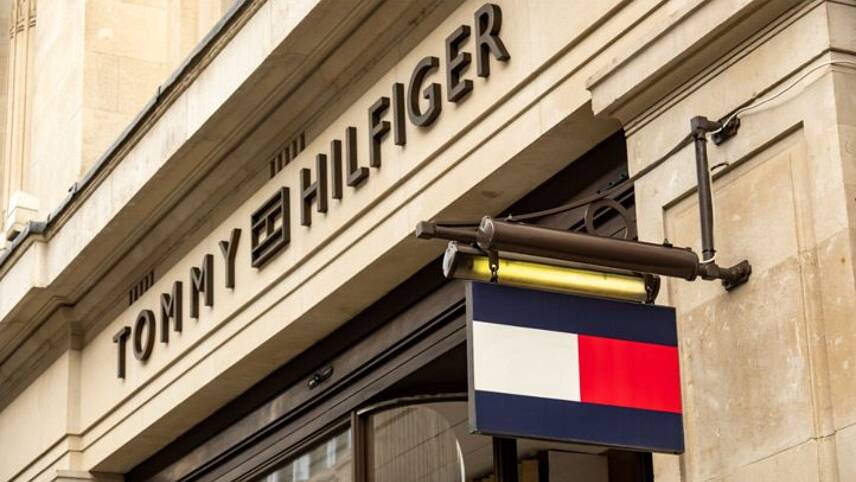Register for free and continue reading
Join our growing army of changemakers and get unlimited access to our premium content

The strategy includes 24 targets in total
Called ‘Make it Possible’, the strategy was developed as part of a two-year collaboration between the fashion giant and Futerra. It bears the tagline: ‘Waste Nothing and Welcome All’.
Under the strategy, “fully circular” products are defined as those which enable all materials to be part of sustainable biological and technical loops after the end-of-life phase. Tommy Hilfiger has pledged to change its designs and sourcing requirements to ensure that all lines meet this criteria, shifting to recycled synthetics and regeneratively-produced natural materials. The business has already piloted fully-recycled jeans and trained 80% of its designers on circular strategies.
Plans to help scale-up technical recycling and repair capabilities are also planned, given that less than 1% of all textiles produced annually are recycled into similar-quality products, according to the Ellen MacArthur Foundation. Tommy Hilfiger additionally said that new business models will play a “significant” role in the coming years. In a bid to improve circularity and minimise their resource impacts, some fashion firms are turning to rental, resale and repair.
‘Make it Possible’ also includes new targets designed to minimise Tommy Hilfiger’s climate impact, improve its water stewardship efforts, tackle pollution in supply chains and foster more sustainable land use. The ultimate aim is for the business to be operating in line with planetary boundaries.
PVH Corp has already set 1.5C-aligned science-based targets and is striving to reduce its emissions by 30% by 2030, against a 2017 baseline. The targets cover all scopes, including indirect (Scope 3) emissions. Tommy Hilfiger has said that it will decarbonize more rapidly than the broader business.
Elsewhere, Tommy Hilfiger will phase-out fossil-based, single-use plastic packaging from consumer-facing products and ensure that all packaging used across the business is fully recyclable by 2025. It has also set 2025 targets to produce 50% of denim products using low-impact methods; to eliminate plastic microfibres and hazardous chemicals from water leaving wet processors and to reach 100% renewable electricity across offices, stores and warehouses.
“In these times of health, human, environmental and economic crisis, we share a responsibility to find innovative solutions that will encourage inclusivity and build a more circular future,” Tommy Hilfiger’s chief executive Martijn Hagman said. “Make it Possible is one way we will work together to make a meaningful and lasting contribution towards a better fashion industry.”
The fashion brand’s partners for implementing sustainability initiatives include the Ellen MacArthur Foundation and WWF. It is also a member of the Fashion Pact, which connects dozens of big businesses on a common mission to improve sustainability ambitions and accelerate action.
More than a passing trend?
The announcement from Tommy Hilfiger comes in the same week that Timberland announced its intention to have a net-positive impact on nature within a decade.
The outdoor clothing brand is supporting this vision with commitments to source 100% of natural materials like leather and cotton from regenerative sources and to design all products for complete circularity.
Recent weeks have also seen Selfridges announce an ambition to sustainably “reinvent retail” as the UK emerges from lockdown. The department store is piloting new repair, resale and rental offerings at present, while reshaping its sustainable sourcing commitments and the ways in which it communicates the environmental impact of products with shoppers.
These moves are welcome, given that recent research has concluded that the fashion sector will need to use 75% fewer virgin resources in 2030 than it did in 2018 if it wishes to align with the Paris Agreement and to stop over-extracting natural resources. A separate analysis from McKinsey and Global Fashion Agenda came to a similar conclusion, revealing that fashion is currently generating more emissions each year than the UK, Germany and France combined.
Sarah George


Please login or Register to leave a comment.